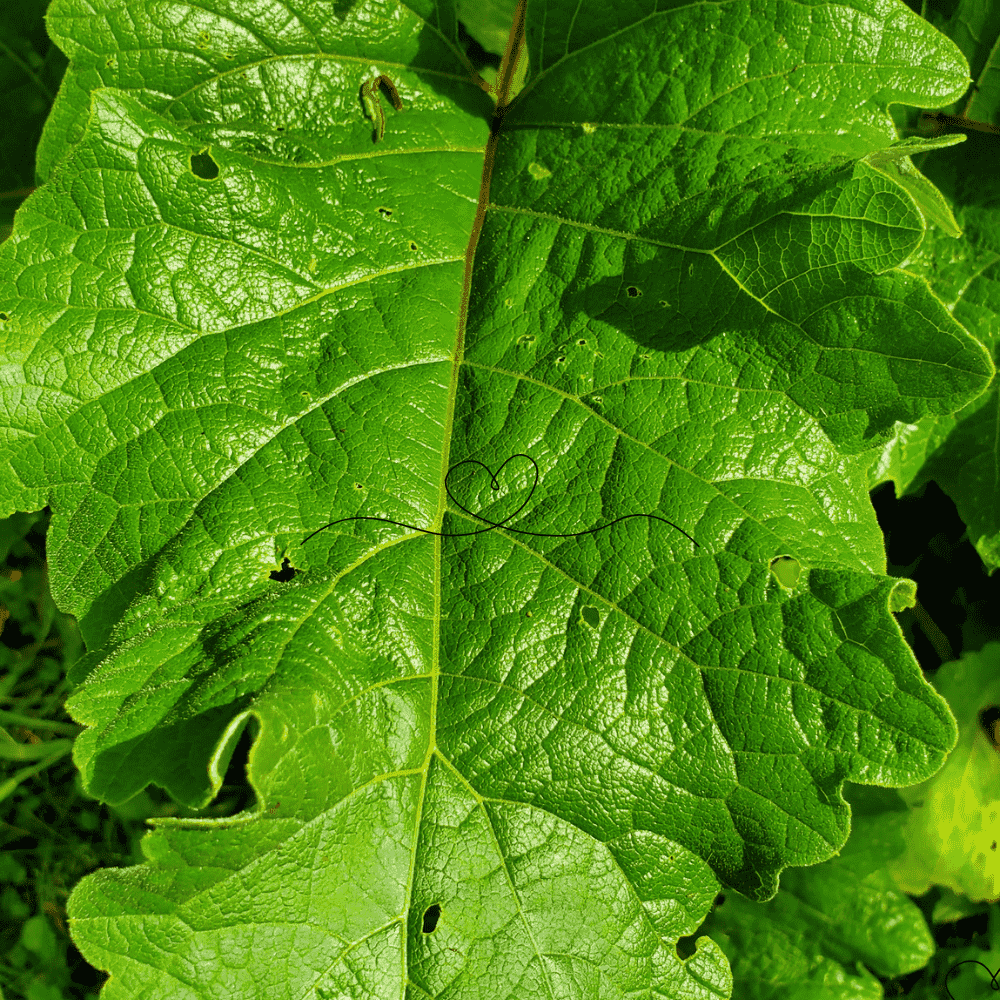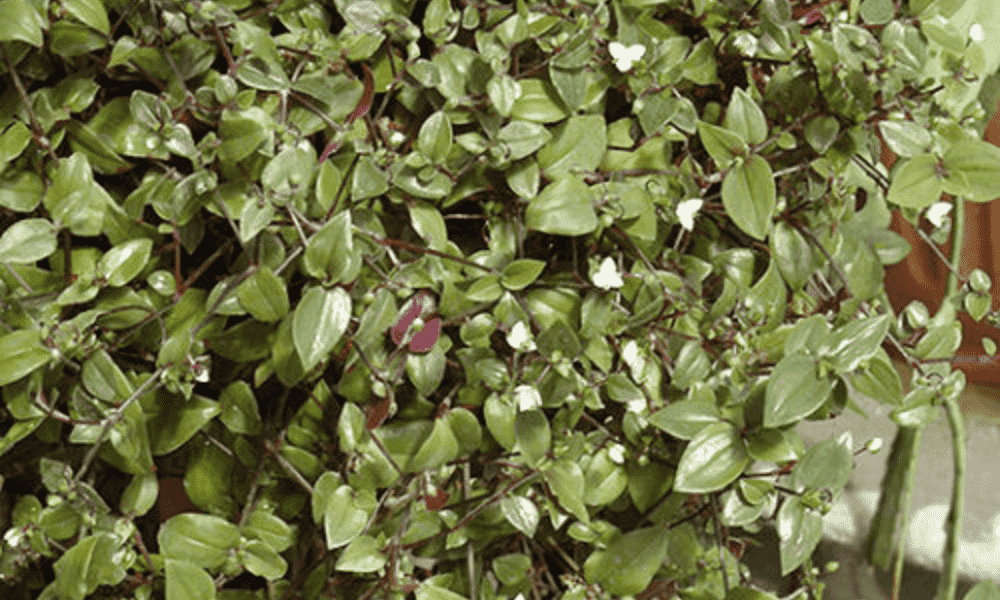When it comes to indoor plants, bigger is often better! Large-leaf plants make bold, eye-catching statements, adding a touch of lush greenery to any room. From fiddle leaf figs to philodendrons, many large-leaved indoor plants can transform your home. These plants not only enhance the aesthetic appeal of your living space but also purify the air. Here, we will explore the ten best large-leaf indoor plants, offering tips on caring for them and incorporating them into your home decor.
Caring for Large-Leaf Indoor Plants
Before diving into the specific plants, it’s essential to understand the general care required for large-leaf indoor plants:
Lighting: Most large-leaf plants need a brightly lit spot indoors, but they should be kept out of direct sunlight, which can scorch their foliage.
Watering: Keep these plants well-watered but ensure they do not stand in water, as this can lead to root rot.
Cleaning: Regularly dust and clean the leaves to maintain their health and appearance.
Pest Inspection: Check the leaves frequently for signs of pests or stress, such as yellowing leaves or spots.
Variety in Planting: Combine plants with differently shaped, sized, and textured leaves to add visual interest. Variegated and green combinations can add color and depth to your indoor garden.
1. Fiddle Leaf Fig (Ficus lyrata)
The Fiddle Leaf Fig is a popular houseplant known for its large, glossy, violin-shaped leaves. It’s admired for its striking appearance and ability to add a touch of elegance to indoor spaces.
Care Tips: Needs a brightly lit spot with plenty of room to grow to its full height (2.5m or more). Report regularly as the plant grows.
Styling Tip: Place it in a spacious corner or near a large window where it can get indirect sunlight.
2. Monstera (Monstera deliciosa)
The Monstera deliciosa, commonly known as the Swiss Cheese Plant or Split-Leaf Philodendron, is a beloved houseplant famous for its large, fenestrated leaves that develop natural holes and splits as they mature.
Care Tips: Needs lots of space and some support to climb, mimicking its natural habit of climbing rainforest trees.
Styling Tip: Use a moss pole or trellis to support its growth and display it as a statement piece in your living room.
3. Philodendron
Philodendrons are popular houseplants known for their attractive foliage, ease of care, and adaptability to indoor environments. There are many species and varieties of Philodendrons, but they generally fall into two categories: vining and non-vining (self-heading).
Care Tips: Easy to grow indoors but avoid overwatering. Prune off wayward stems to keep plants compact.
Styling Tip: Combine different varieties for a lush, tropical look.
4. Rubber Plant (Ficus elastica)
The Rubber Plant is a popular indoor plant known for its large, glossy leaves and robust growth. It’s an excellent choice for adding a touch of greenery to your home or office.
Care Tips: Needs regular repotting and pruning to keep compact. Do not plant outdoors due to its invasive roots.
Styling Tip: Perfect for modern and minimalist decor, its glossy leaves add a touch of elegance.
5. Alocasia
Alocasia, commonly known as Elephant Ear or African Mask Plant, is a stunning genus of tropical plants known for their large, arrowhead-shaped leaves with striking vein patterns. These plants can thrive and become a beautiful focal point in your home. Here’s a comprehensive guide on how to care for Alocasia plants:
Care Tips: Keep in a bright spot with indirect light and water regularly.
Styling Tip: Use as a centerpiece in a room where its unique foliage can be showcased.
6. Schefflera
Styling Tip: Great for adding height and structure to your indoor plant collection.
7. Spathiphyllum ‘Sensation’
Spathiphyllum ‘Sensation’, commonly known as the Giant Peace Lily, is a striking houseplant known for its large, glossy leaves and elegant white flowers. This plant is not only beautiful but also known for its air-purifying qualities.
Care Tips: Allow the plant to dry out slightly between waterings; too dry will cause it to wilt.
Styling Tip: Ideal for adding lush greenery to bedrooms or bathrooms.
8. Kentia Palm (Howea forsteriana)
The Kentia Palm is a popular and elegant houseplant known for its graceful, arching fronds and ability to thrive indoors. It’s relatively low-maintenance and can add a touch of tropical beauty to your home or office.
Care Tips: If the plant becomes unstable, repot it into a slightly larger container with fresh potting mix.
Styling Tip: Perfect for creating an indoor tropical oasis; place in large containers for a dramatic effect.
9. Aspidistra
The Aspidistra, commonly known as the Cast Iron Plant, is renowned for its resilience and ability to thrive in low light and minimal care conditions. It’s an ideal plant for beginners or those looking to add some greenery to low-light areas of their home.
Care Tips: Grows best in a brightly lit situation with regular water; can handle some drying out.
Styling Tip: Ideal for low-maintenance indoor gardens, suitable for hallways or less sunny rooms.
10. Dieffenbachia
Dieffenbachia, commonly known as Dumb Cane, is a popular houseplant appreciated for its large, attractive leaves with striking patterns and variegation. However, it’s important to note that the plant’s sap is toxic if ingested, so it should be kept away from pets and children.
Care Tips: The sap can be toxic, so keep it away from children and pets. Needs indirect light and regular watering.
Styling Tip: Its variegated leaves add a splash of color to any room; great for offices and living areas.
Combining Large-Leaf Plants for Maximum Impact
Creating a visually stunning indoor garden involves mixing plants with different leaf shapes, sizes, and textures. Here are some tips to get you started:
Height Variations: Place taller plants like the fiddle leaf fig or Kentia palm in the background and shorter plants like Aspidistra or Philodendron in the foreground.
Leaf Shape and Texture: Combine smooth-leaved plants like the rubber plant with more textured or split-leaf plants like Monstera and Philodendron ‘Lickety Split’.
Color Coordination: Mix variegated plants like Dieffenbachia with solid green plants to create a balanced and colorful display.
Container Selection: Use a variety of pots in different sizes, shapes, and materials to complement the plants and add to the overall aesthetic.

Creating a Care Schedule
To keep your large-leaf indoor plants healthy, establish a regular care routine:
Weekly Tasks: Check the moisture level of the soil and water as needed. Dust the leaves to keep them clean and healthy.
Monthly Tasks: Inspect plants for pests and signs of stress. Rotate plants to ensure even growth.
Seasonal Tasks: Repot plants that have outgrown their containers. Prune as necessary to maintain shape and size.
Benefits of Large-Leaf Indoor Plants
In addition to their visual appeal, large-leaf indoor plants offer several benefits:
Air Purification: Many of these plants help filter toxins from the air, improving indoor air quality.
Stress Reduction: The presence of greenery has been shown to reduce stress and promote a sense of well-being.
Humidity Control: Plants like the Spathiphyllum ‘Sensation’ can increase humidity levels, beneficial in dry indoor environments.
Conclusion
Large-leaf indoor plants are a fantastic way to bring the beauty of nature into your home. With proper care and thoughtful placement, these plants can thrive and add a touch of elegance and freshness to any space. Whether you choose the dramatic leaves of the fiddle leaf fig or the tropical vibes of the Kentia palm, these plants are sure to make a statement and enhance your home’s decor.
By combining different types of large-leaf plants and following the care tips provided, you can create a stunning indoor garden that not only looks beautiful but also contributes to a healthier and more relaxing living environment. Happy planting!



